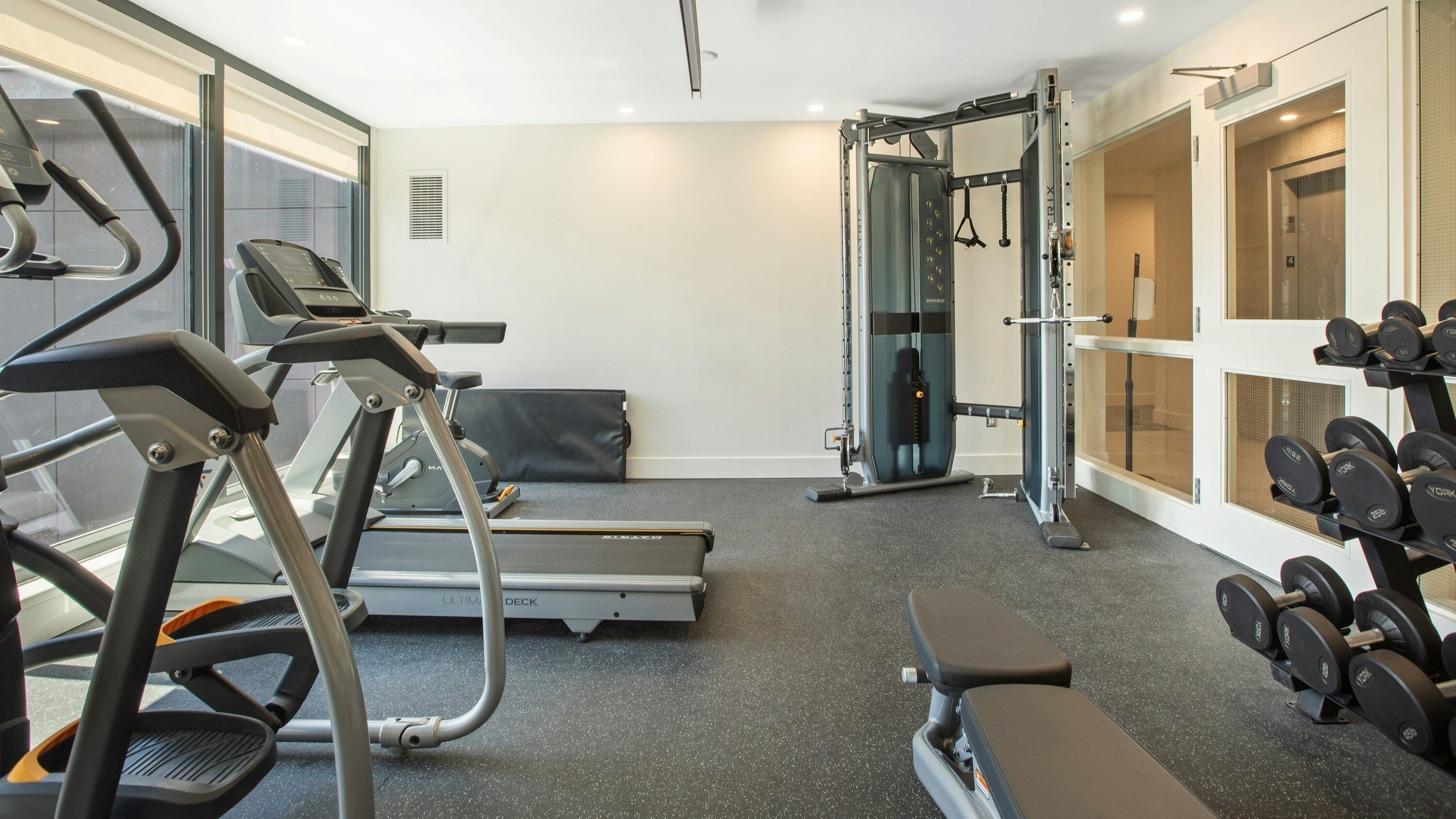
Foam vs Rubber Gym Flooring: How to choose?
When you are building a home gym, before you set up equipment and start the workouts, the first challenge you'll have to face is to choose a right gym flooring. A suitable gym floor usually offers multiple benefits like shock absorption, noise reduction, durability, floor protection and pressure resistance. It also provides soft support for your joints while prevent slips during workouts. That’s why selecting a right gym flooring is absolutely essential and should be considered first. So, how should you select a ideal flooring?
In our previous blogs, we have already discussed how thickness and hardness affect a mat’s performance. If you missed them, feel free to check them out here:
👉 What is the Best Thickness for an Exercise Mat?
👉 Which Hardness is Best for Gym Mats: Understanding Shore Hardness
In this article, we will talk from the material side. Currently, the two most popular types of home gym flooring materials on the market are foam and rubber. In this article, we'll break down the pros and cons of these two materials to help you find the best flooring solution for your home gym setup.
Foam Flooring
Foam floor mat is a common budget-friendly home gym flooring choice, which is made of EVA foam material (Ethylene-vinyl acetate). This material is lightweight and low density, can provide ultimate cushioning and comfort, protecting your joints and body softly in the workouts.
Pros
- Cushioning & Shock absorption
- Lightweight and easy to install
- Provides soft, joint-friendly support
- Water resistance
- Easy to clean
- Excellent warmth retention
- Multiple color choices
- Affordable
Cons
- Poor durability, prone to denting, tearing, and wearing out
- Lacks adequate protection
Types of Exercises
- Jumping, running, and light weight training
- Yoga, Pilate, Stretching
- Aerobics and fitness classes
Due to its excellent cushioning and shock absorption ability, foam floor mat is an ideal choice for jumping, running and small-weight gear like kettlebells and dumbbells. Pilate mats and yoga mats are also made of foam to offer sufficient softness to protect the joints.

Rubber Gym Flooring
Rubber is one of the most common material used in commercial gyms. They are usually made into rubber mats and rubber tiles with virgin rubber or recycled rubber. Rubber gym floor mats are known for its high density, outstanding durability and excellent resistance to wear and tear, which is suitable to put heavy equipment on and for people who are engaged in strength-enhancing workouts. However, due to its high price, it’s usually seen in large commercial gyms and in the home gyms of professional fitness lovers.
Pros
- High density and high hardness
- Durability and wear resistance
- Sound absorption & Noise reduction
- Shock-absorbing & Impact-resistant
- Excellent grip performance
- Waterproof and easy to clean
- Has a smooth surface
- Eco-friendly with recycled rubber
Cons
- Higher cost than foam
- Heavy and difficult to install
- Lacks soft support
- Offers limited temperature insulation
- Has a strong rubber smell
- Limited color choices
Types of Exercises
- Weightlifting
- Strength training
- Heavy equipment training
- High-Intensity functional training: Crossfit, HIIT,...
Rubber gym floor mat can be used in high impact exercises and be put under heavy equipment like squat racks, weight benches, and cardio machines to reduce impact, protect floors, and provide stability during workouts.

GXMMAT large exercise mat features a 7mm thickness design to maintain excellent shock absorption and cushioning. Made from high density foam material, it offers greater strength than common foam mats. The hardness of overall foam workout mat reaches Shore C 80+, which provides durability and pressure resistance equivalent to a rubber mat. 3-in-1 compression technology significantly improved the mat’s tear resistance ability, addressing the issue of traditional foam exercise mats that damage easily. Due to these designs , GXXMAT mats can not only be used in your workouts but also be used as a gym floor mat in equipment training, which is one of the best choices of versatile flooring for home gyms.
Choose a Proper Home Gym Floor
Overall, choosing a gym flooring depends on multiple factors, like budget, workout types, available space, equipment and etc. Foam flooring and rubber gym flooring each have its own pros and cons:
- If you are new to fitness and just start to develop a training routine, then soft, lightweight, affordable foam matswill suit you fine.
- If you have already started high-intensity training and use heavy equipment, investing rubber floor mats for home gymis definitely worth it.
- If you want to create an all-in-one multifunctional workout space which adapts to both exercises and equipment training, we highly recommend GXMMAT exercise mat. Compared to ordinary foam mats, it improves hardness and tear resistance by using high density material and 3-in-1 compression technology, which can absorb the impact of heavy equipment. And it is budget-friendly, can be used as a versatile gym flooring in daily home fitness.

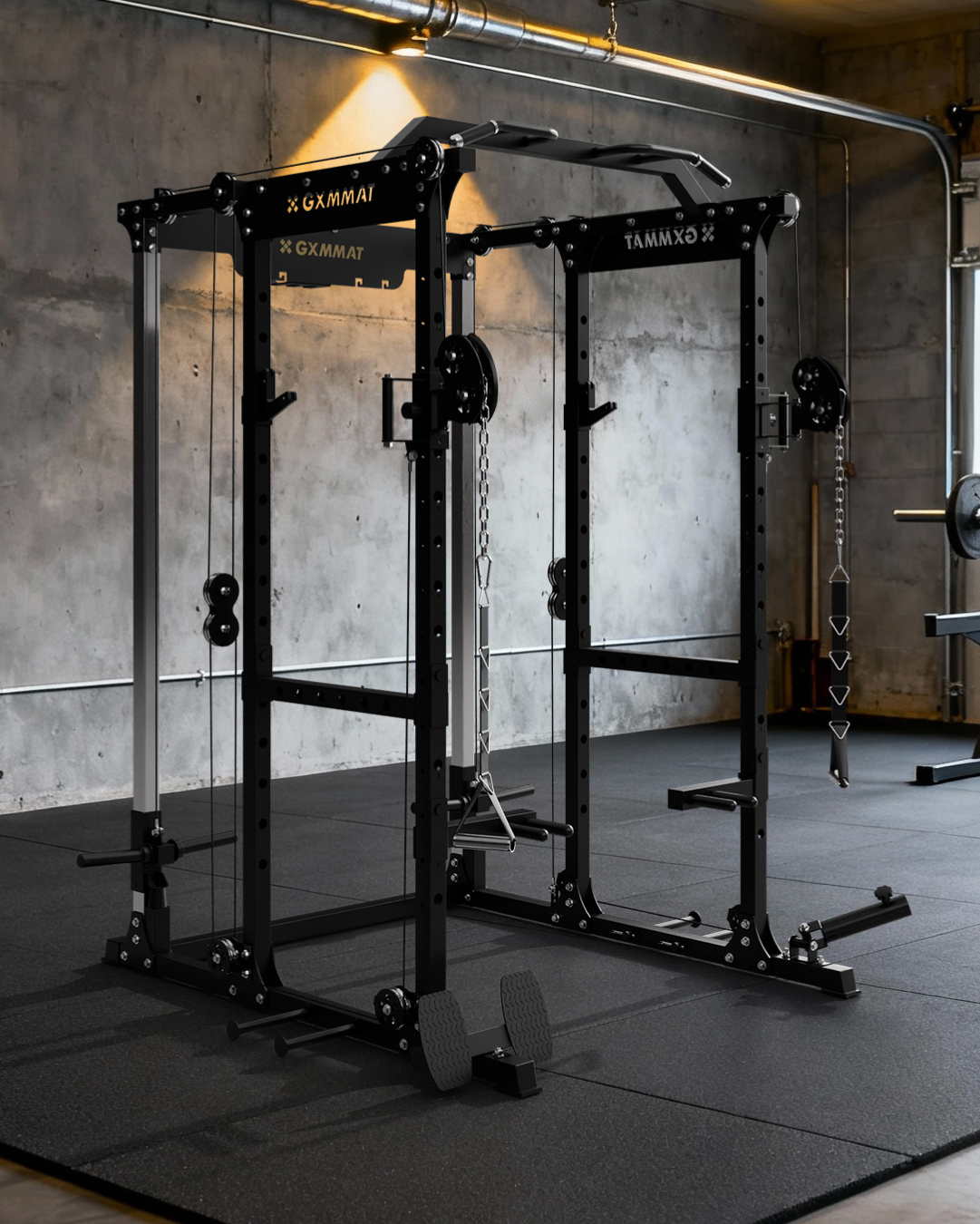
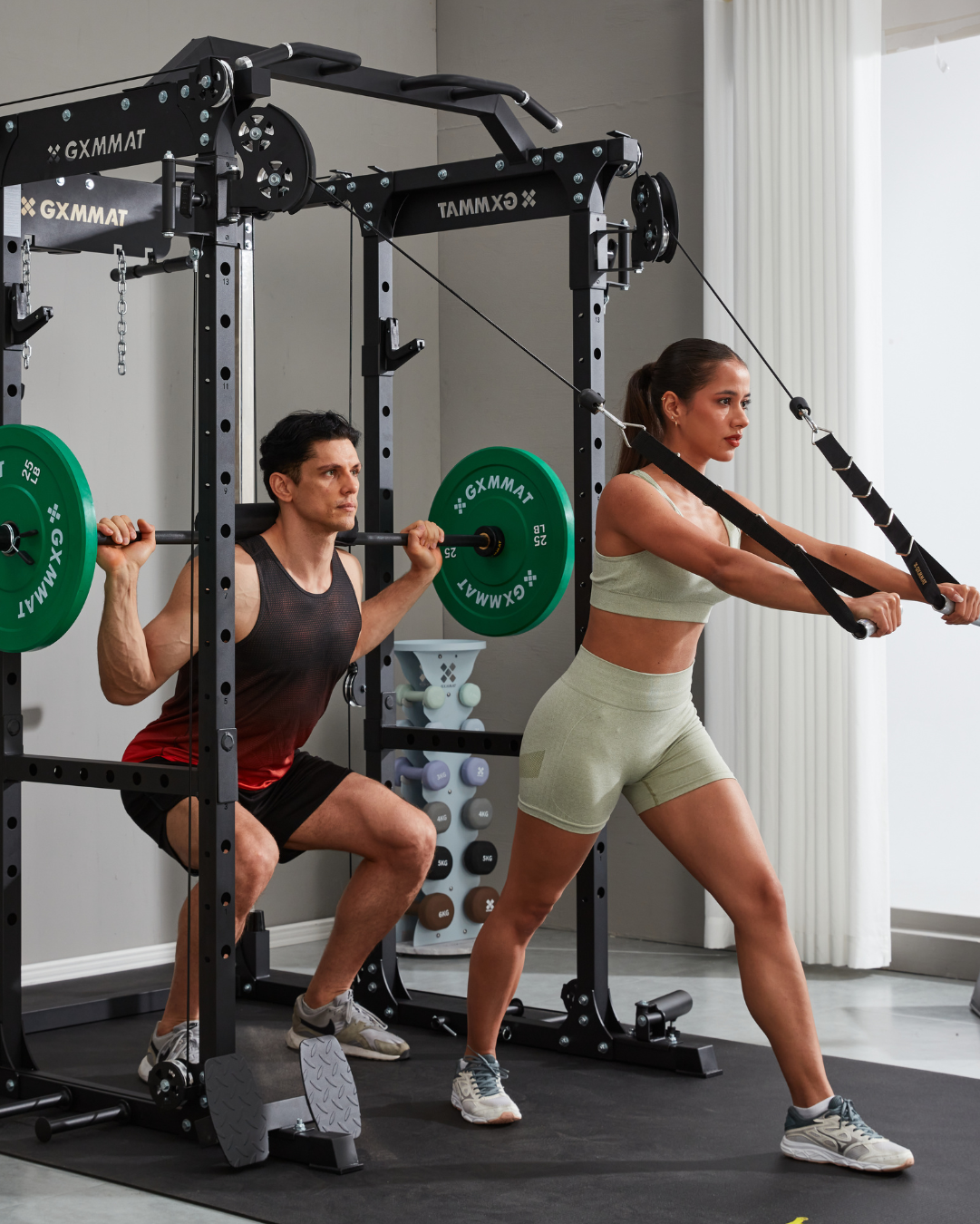
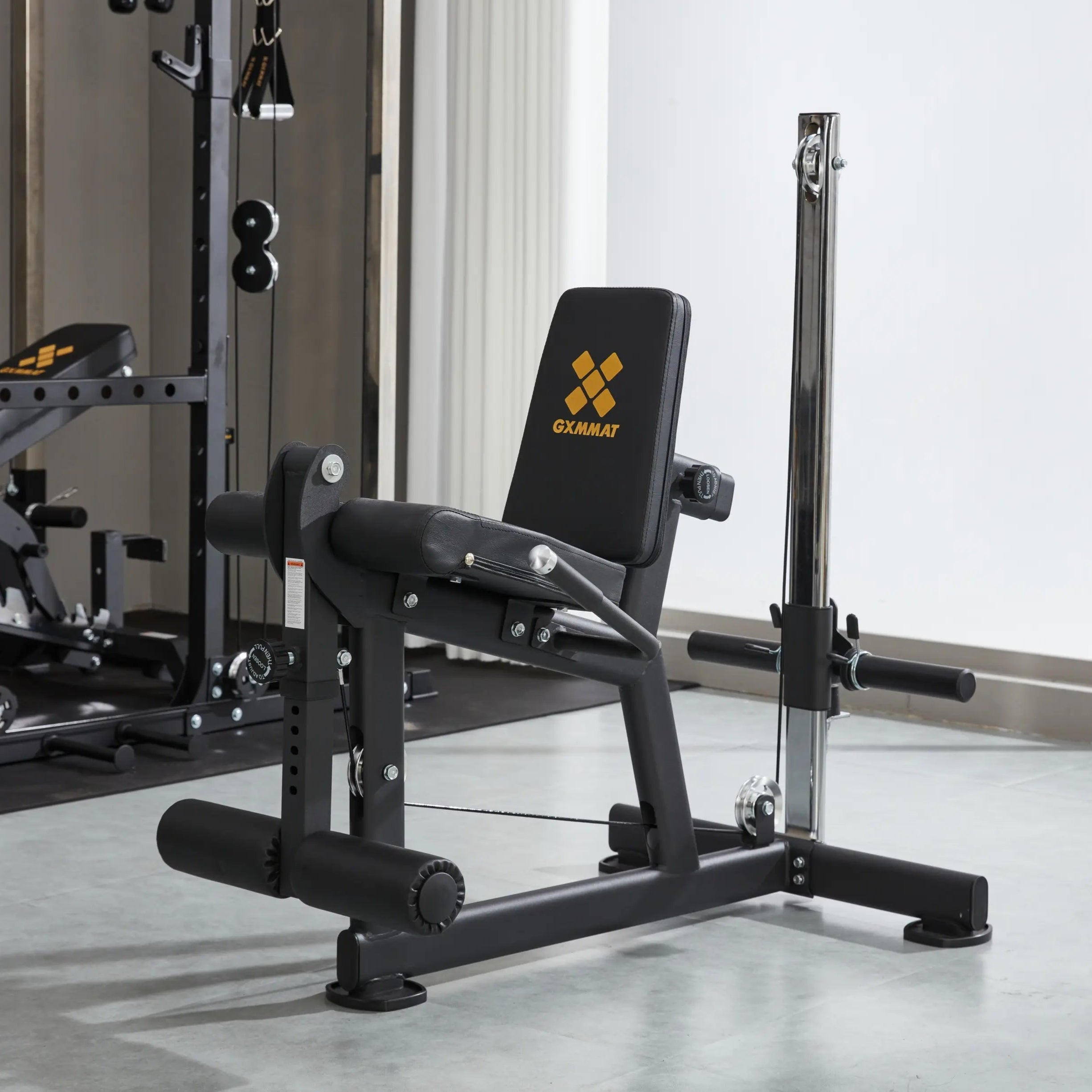
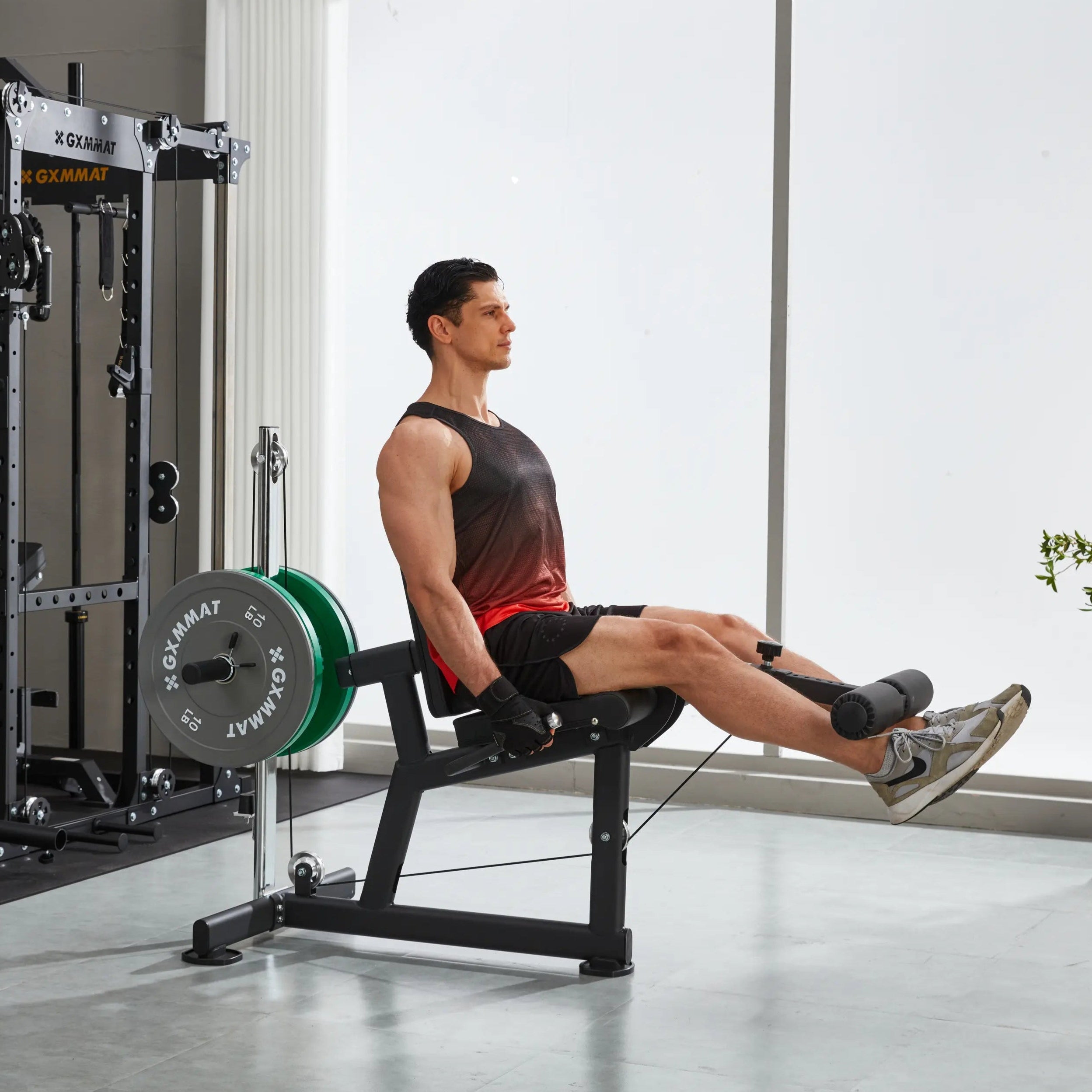
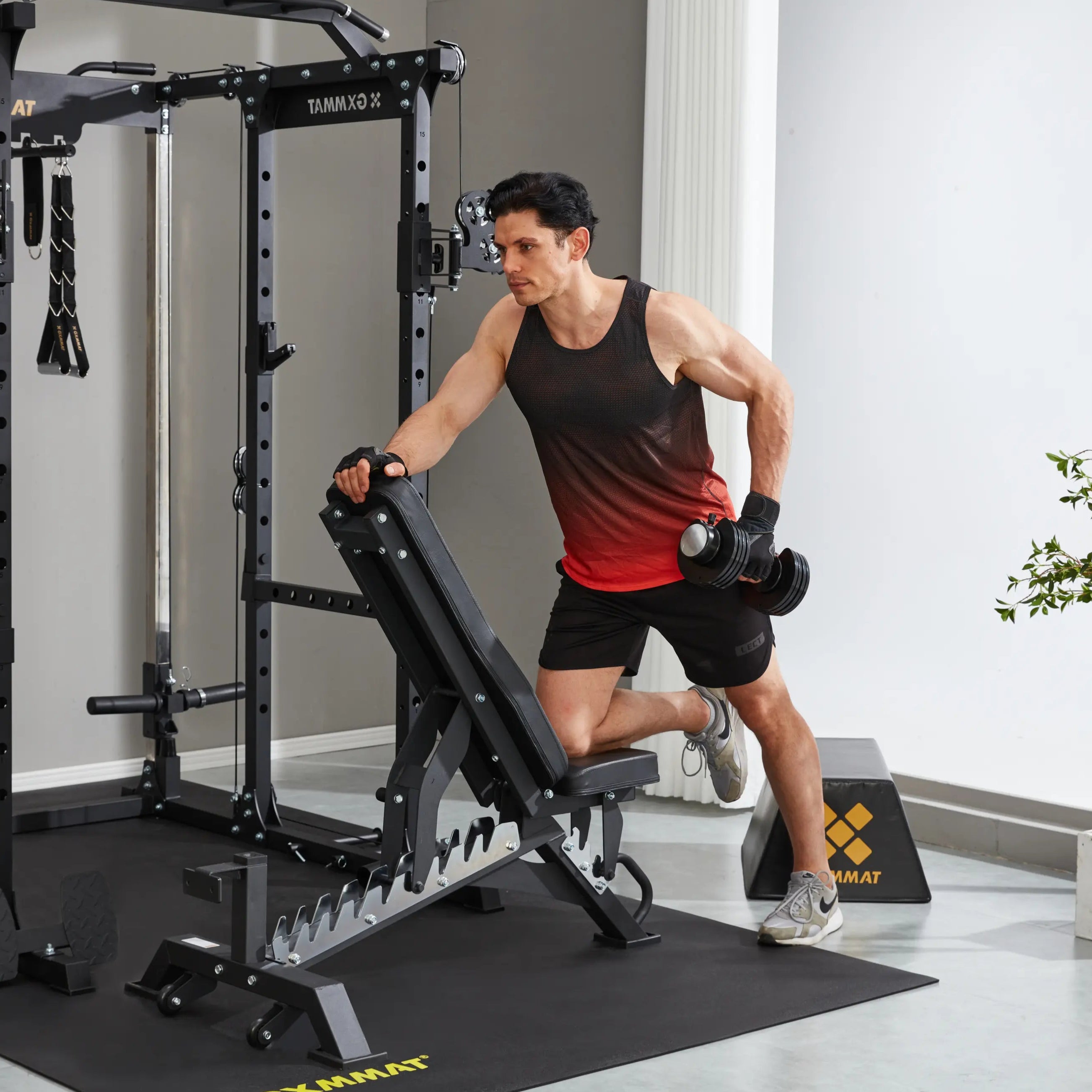
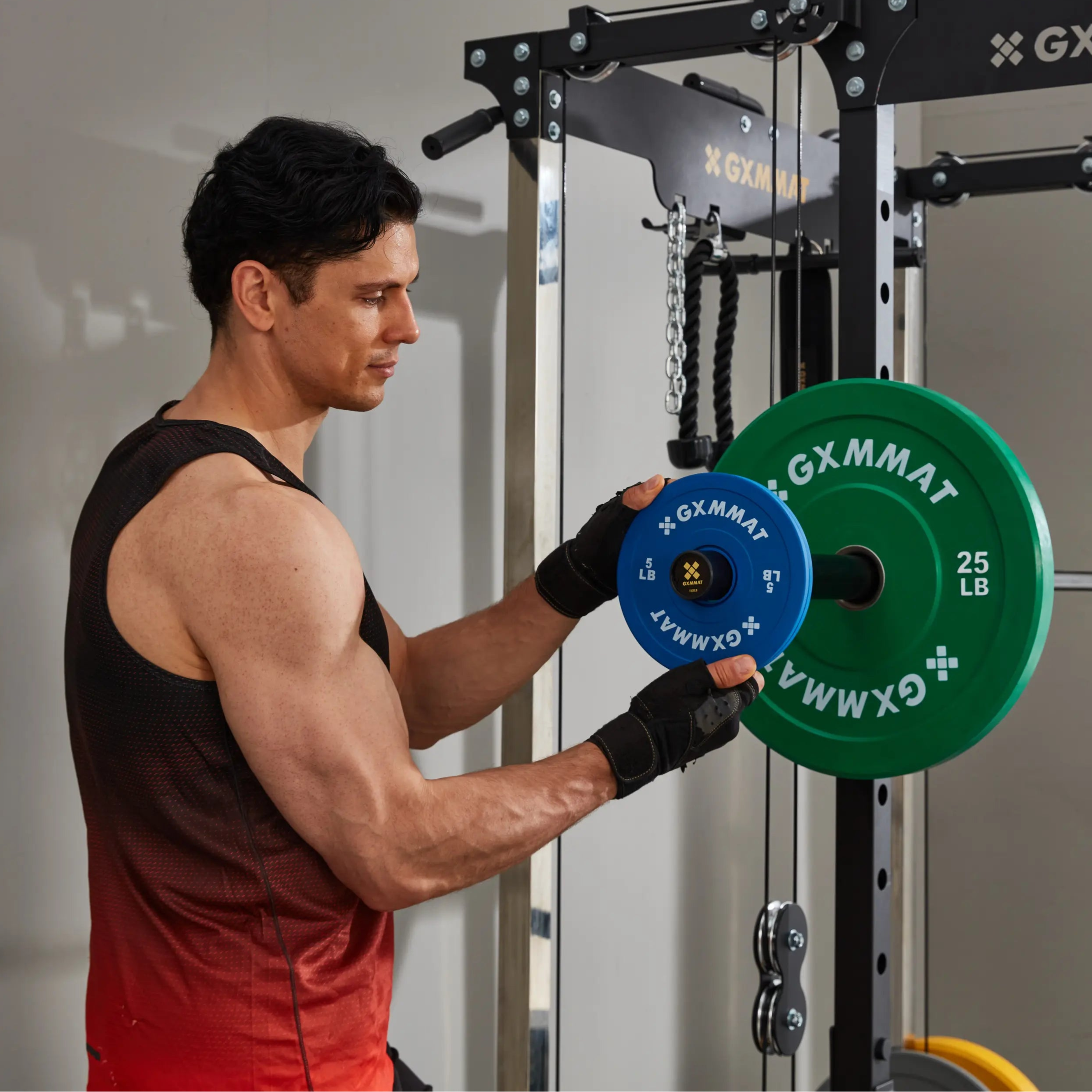
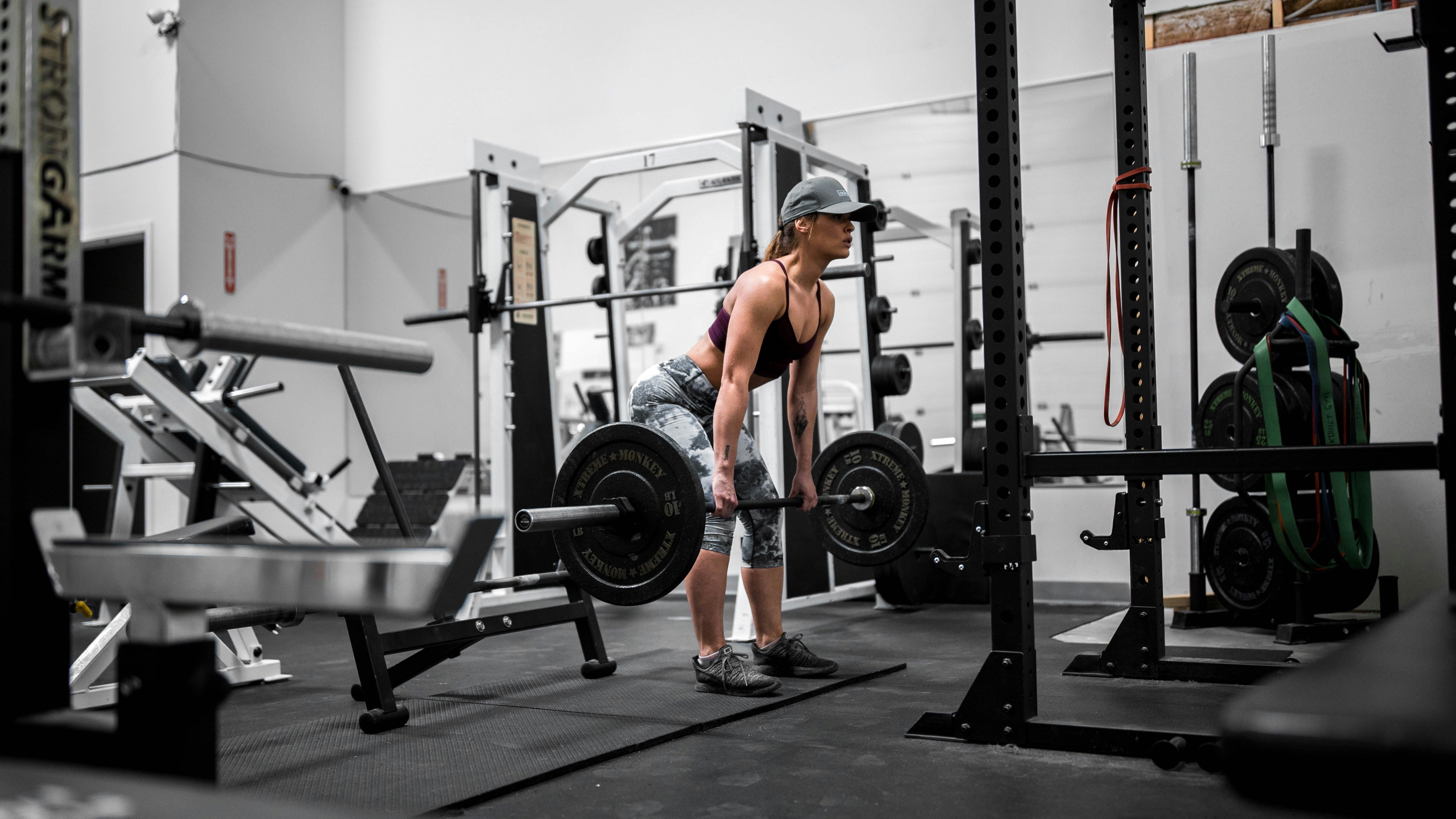
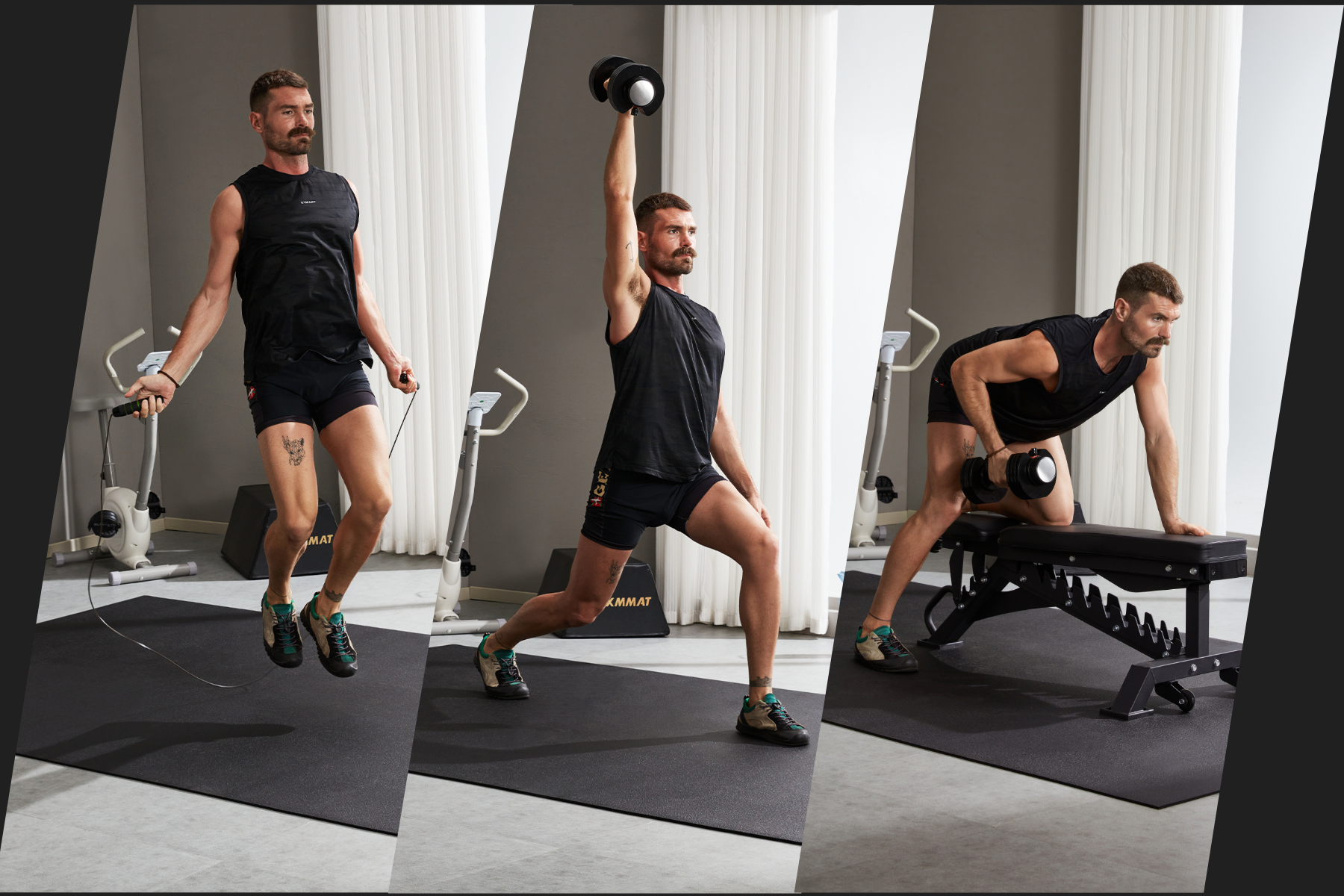
Leave a comment
This site is protected by hCaptcha and the hCaptcha Privacy Policy and Terms of Service apply.